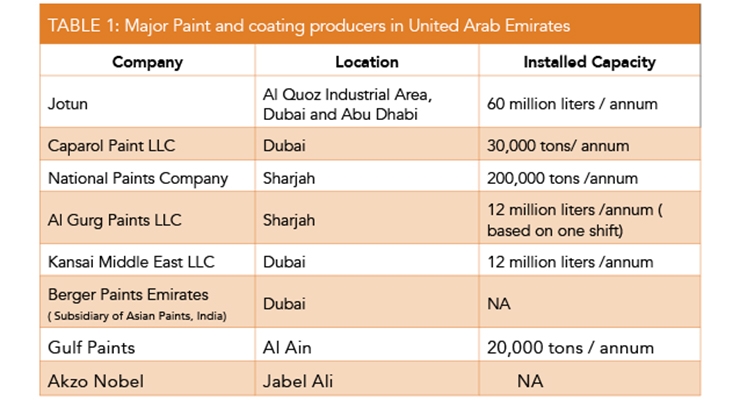Ensuring Your Wall Surfaces Are Well-Prepped For A Perfect Painting Work
Ensuring Your Wall Surfaces Are Well-Prepped For A Perfect Painting Work
Blog Article
Material Develop By-Abrams Houston
Attaining a flawless paint task begins with meticulous wall prep work. From filling out blemishes to priming surface areas, each step plays a crucial function in the final end result. But what regarding those challenging edges and edges that can make or break the overall appearance? Remain tuned to find experienced tips on how to navigate these difficult areas with finesse, making sure a smooth finish that will elevate your space to brand-new elevations of sophistication.
Wall Inspection and Repair
Checking walls for any type of imperfections and immediately resolving them with needed repairs is critical for achieving a smooth and perfect paint task. Before beginning the painting procedure, carefully analyze the wall surfaces for splits, holes, damages, or any other damage that can influence the outcome.
Beginning by filling in any splits or holes with spackling substance, allowing it to completely dry completely before sanding it down to create a smooth surface area. For larger dents or harmed areas, consider utilizing joint compound to make sure a smooth fixing.
Furthermore, look for any loosened paint or wallpaper that might require to be removed. Remove any peeling paint or old wallpaper, and sand the surface to develop a consistent structure.
It's also essential to examine for water damages, as this can bring about mold growth and impact the attachment of the brand-new paint. Address any water discolorations or mold with the appropriate cleaning solutions prior to proceeding with the painting procedure.
Cleaning and Surface Area Preparation
To make certain an excellent and well-prepared surface for paint, the following action entails extensively cleaning up and prepping the walls. Begin by cleaning the walls with a microfiber towel or a duster to get rid of any loose dust, webs, or debris.
For even more stubborn dirt or gunk, an option of light detergent and water can be used to carefully scrub the wall surfaces, followed by a complete rinse with clean water. Pay unique attention to locations near light switches, door handles, and walls, as these have a tendency to accumulate even more dust.
After cleaning, it is essential to check the wall surfaces for any fractures, openings, or blemishes. https://beckettezvoi.webdesign96.com/34475189/house-painters-opening-the-trick-to-a-lively-welcoming-and-refreshing-home-environment ought to be loaded with spackling compound and sanded smooth as soon as completely dry. Sanding the walls lightly with fine-grit sandpaper will certainly also aid produce an uniform surface for painting.
Priming and Insulation
Prior to paint, the wall surfaces must be keyed to guarantee correct adhesion of the paint and taped to protect nearby surface areas from roaming brushstrokes. Priming acts as a crucial action in the paint process, specifically for new drywall or surface areas that have been patched or repaired. It helps secure the wall, producing a smooth and consistent surface for the paint to follow. Additionally, primer can improve the toughness and insurance coverage of the paint, inevitably leading to a more professional and lasting surface.
When it comes to taping, using painter's tape along trim, ceilings, and other surfaces you wish to secure is important to accomplish clean and crisp paint lines. Painter's tape is developed to be conveniently applied and eliminated without damaging the underlying surface area or leaving behind any kind of deposit. Take the time to properly tape off locations prior to repainting to conserve on your own the problem of touch-ups later on.
Final thought
Finally, properly preparing your wall surfaces prior to painting is important for accomplishing a flawless finish. By evaluating for https://www.forbes.com/home-improvement/painting/cost-to-paint-a-room/ , cleansing completely, priming the surface area, and using painter's tape for clean lines, you can guarantee a professional-looking paint job.
Putting in the time to finish these steps will lead to a smooth and lasting surface that enhances the general look of your room.
